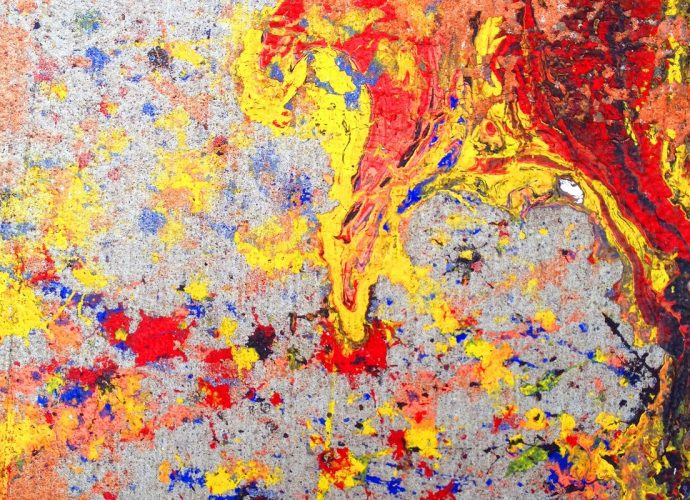What Is The Value For A Diatomic Molecule?
“Gamma” is just a number whose value depends on the state of the gas. For air, gamma = 1.4 for standard day conditions. “Gamma” appears in several equations which relate pressure, temperature, and volume during a simple compression or expansion process. What is the value of γ for N2 gas?Read More →




